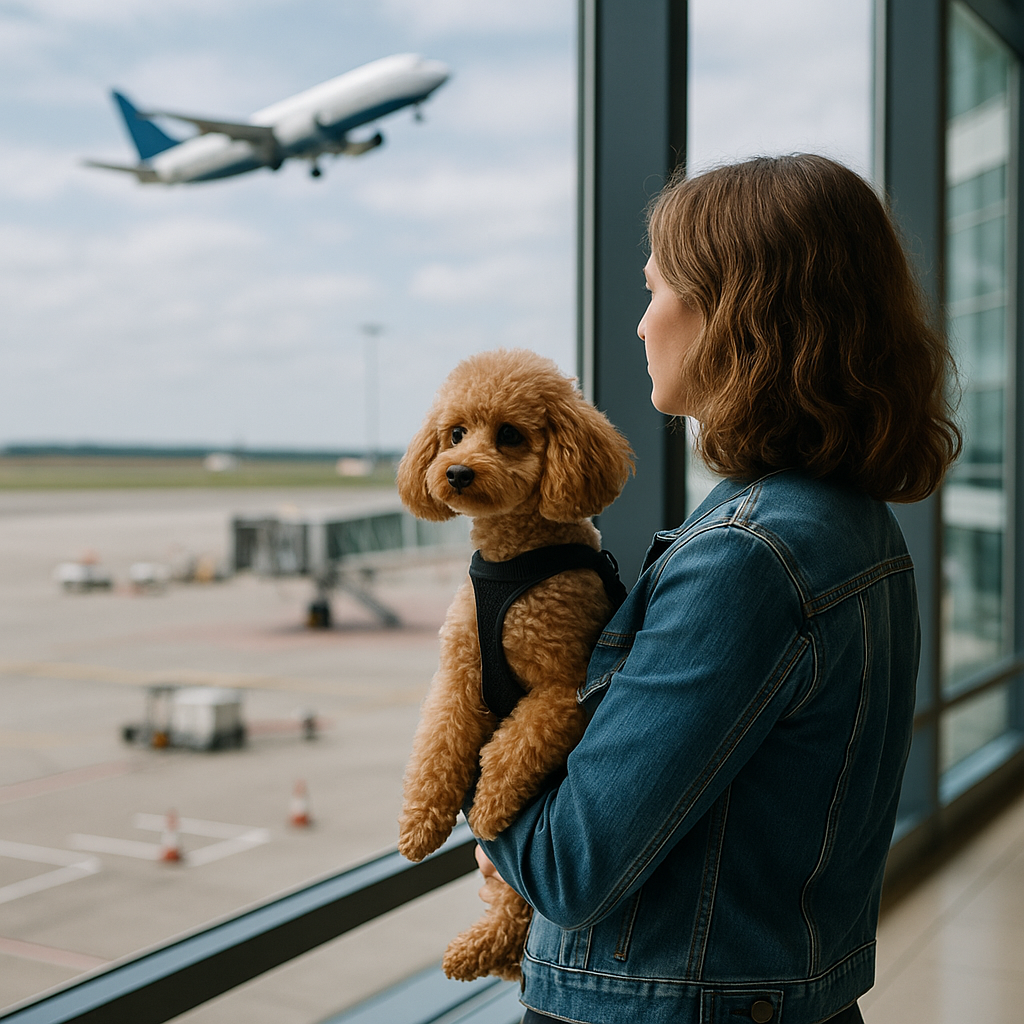Air travel has long become routine not only for people but also for their pets. According to the International Pet and Animal Transportation Association (IPATA), more than 4 million domestic and other live animals are transported by air each year. In the United States alone, this number exceeds 2 million—and continues to grow.
This confirms that air transport is one of the most in-demand and fastest ways to move animals around the world.
Is it safe? What does the data say?
Despite the logistical challenges, flying remains a relatively safe method of transporting animals. According to IPATA, fewer than 0.01% of transport cases result in any incidents—ranging from mild stress to, unfortunately, fatal outcomes.
The most common causes of incidents include:
Transport conditions vary greatly
One of the main challenges for pet owners is that each airline sets its own rules. These rules typically cover:
For example, some airlines do not allow certain breeds in the cargo hold due to their sensitivity to temperature and pressure, although these restrictions may not apply in the cabin.
Costs can also vary widely—from $50 to $500 or more, depending on the route and airline policies.
Conclusion
Statistics show that with proper preparation, air travel is a safe and effective way to transport pets. The key is to pay close attention to the details and understand the specific requirements of each airline.
How to avoid confusion and check everything in advance?
You need to carefully review the rules and conditions of the airline you plan to travel with—especially important if you’re flying with a pet for the first time or planning an international trip.
To make preparation easier, we recommend using the Pets Trans Guide on the Anilogistic platform—a convenient navigator for pet air transportation.
There you’ll find:
This confirms that air transport is one of the most in-demand and fastest ways to move animals around the world.
Is it safe? What does the data say?
Despite the logistical challenges, flying remains a relatively safe method of transporting animals. According to IPATA, fewer than 0.01% of transport cases result in any incidents—ranging from mild stress to, unfortunately, fatal outcomes.
The most common causes of incidents include:
- overheating in the cargo hold,
- poor ventilation,
- mishandling of crates and luggage.
Transport conditions vary greatly
One of the main challenges for pet owners is that each airline sets its own rules. These rules typically cover:
- the size and type of carriers,
- the allowed weight of the animal,
- whether pets can travel in the cabin or only in the cargo hold,
- breed and species restrictions.
For example, some airlines do not allow certain breeds in the cargo hold due to their sensitivity to temperature and pressure, although these restrictions may not apply in the cabin.
Costs can also vary widely—from $50 to $500 or more, depending on the route and airline policies.
Conclusion
Statistics show that with proper preparation, air travel is a safe and effective way to transport pets. The key is to pay close attention to the details and understand the specific requirements of each airline.
How to avoid confusion and check everything in advance?
You need to carefully review the rules and conditions of the airline you plan to travel with—especially important if you’re flying with a pet for the first time or planning an international trip.
To make preparation easier, we recommend using the Pets Trans Guide on the Anilogistic platform—a convenient navigator for pet air transportation.
There you’ll find:
- airline-specific transport rules,
- breed, weight, and size restrictions,
- up-to-date pricing,
- direct links to official sources.
